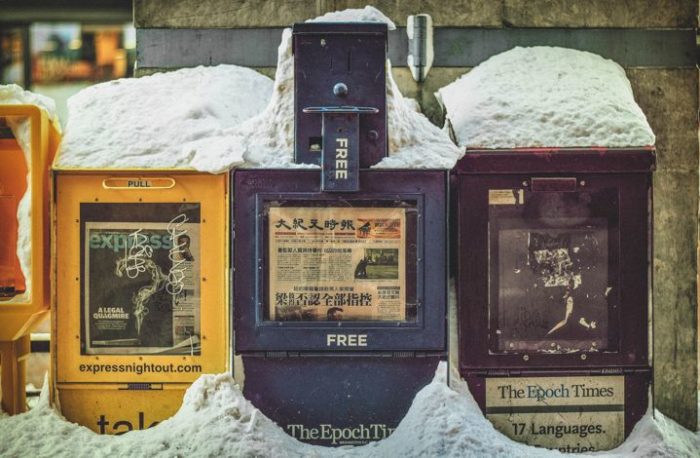
The study “What News Users Perceive as ‘Alternative Media’ Varies between Countries: How Media Fragmentation and Polarization Matter” by Desiree Steppat, Laia Castro and Frank Esser all from University of Zurich investigated what news sources are considered to be alternative media by news users in five countries: Denmark, Italy, Poland, Switzerland, and United States.
In previous studies on alternative media, the term has been sometimes hard to define. The majority of studies assert that the distinction between alternative and mainstream has been gradually dissolving, but Rauch argued that the distinction continues to be relevant, particularly from the user perspective.
Most of the previous studies on alternative media have addressed organizational and content characteristics. The gap that the study addresses in previous studies is the lack of audience perspective in the matter. The study is also topical as in contrast to the past, the recent years have seen an increase in right-wing alternative media.
Another gap that the study addresses is perceived alternativeness as opposed to proclaimed alternativeness: this study is particularly interested in what sort of news sources the audience in different countries consider as alternative. The authors speculate the differences between countries is one reason why there is a lack of salience in the previous literature on the matter.
Based on theory, media fragmentation and polarization, which varies between countries, could affect the extent to which people claim to use alternative news. In highly polarized and fragmented environments, it is possible that some people are reluctant to self-identify as users of mainstream media and claim to be users of alternative media instead.
The countries were selected for this study based on their media environments. The first set of countries, Italy, Poland, and the US, had relatively large media markets for different types of media to coexist, from mainstream to partisan to alternative, and audiences for them.
The second set consisted of Denmark and Switzerland, which shared some characteristics but have smaller media markets. Due to this, the state in these countries subsidizes the media sector to ensure plurality. Both also have a tradition of highly professional, non-partisan media.
The study was a survey (Denmark = 2,667 respondents; Italy = 2,121; Poland = 2,536; Switzerland = 1,859; United States = 3,493). The respondents were asked whether they belong to the group of people who seek out alternative views from the media because of political coverage and issues not covered fully.
This response was rated from 1-4, from “not at all” to “yes, definitely”. Then they were asked to specify (in an open-box question) up to three alternative sources. Control factors such as age, sex, education, political knowledge, political orientation, and trust in mainstream and alternative news.
For results, it was revealed that users in more fragmented/polarized environments were more likely to indicate using alternative media titles, but when asked to name the alternative media sources, also named mainstream media sources. This was particularly clear in the US.
The authors speculate that in highly fragmented and polarized media environments, some conventional media sources adopt features of alternative media as their own, as the environment is very favourable to alternative media.
Further analysis reveals that in addition to naming mainstream media sources in more fragmented environments, but that in less fragmented media environments users were also more likely indicate the use of proclaimed alternative media sources.
Finally, the authors stress that the results are not meant to debate what is true alternative media, such as the ones that proclaim to be such, but that the results actually indicate that several types of media may fulfill the role of alternative media. It is also important to note that the users perspective on what constitutes alternative media differs from the researchers’. Future research could focus on what makes users perceive a source as alternative.
The study “What News Users Perceive as ‘Alternative Media’ Varies between Countries: How Media Fragmentation and Polarization Matter” by Desiree Steppat, Laia Castro and Frank Esser is in Digital Journalism. (open access).
Picture: Free newspaper boxes covered in snow beneath the Chinatown Arch in downtown Washington, DC. By Matt Popovich.
License Unsplash.